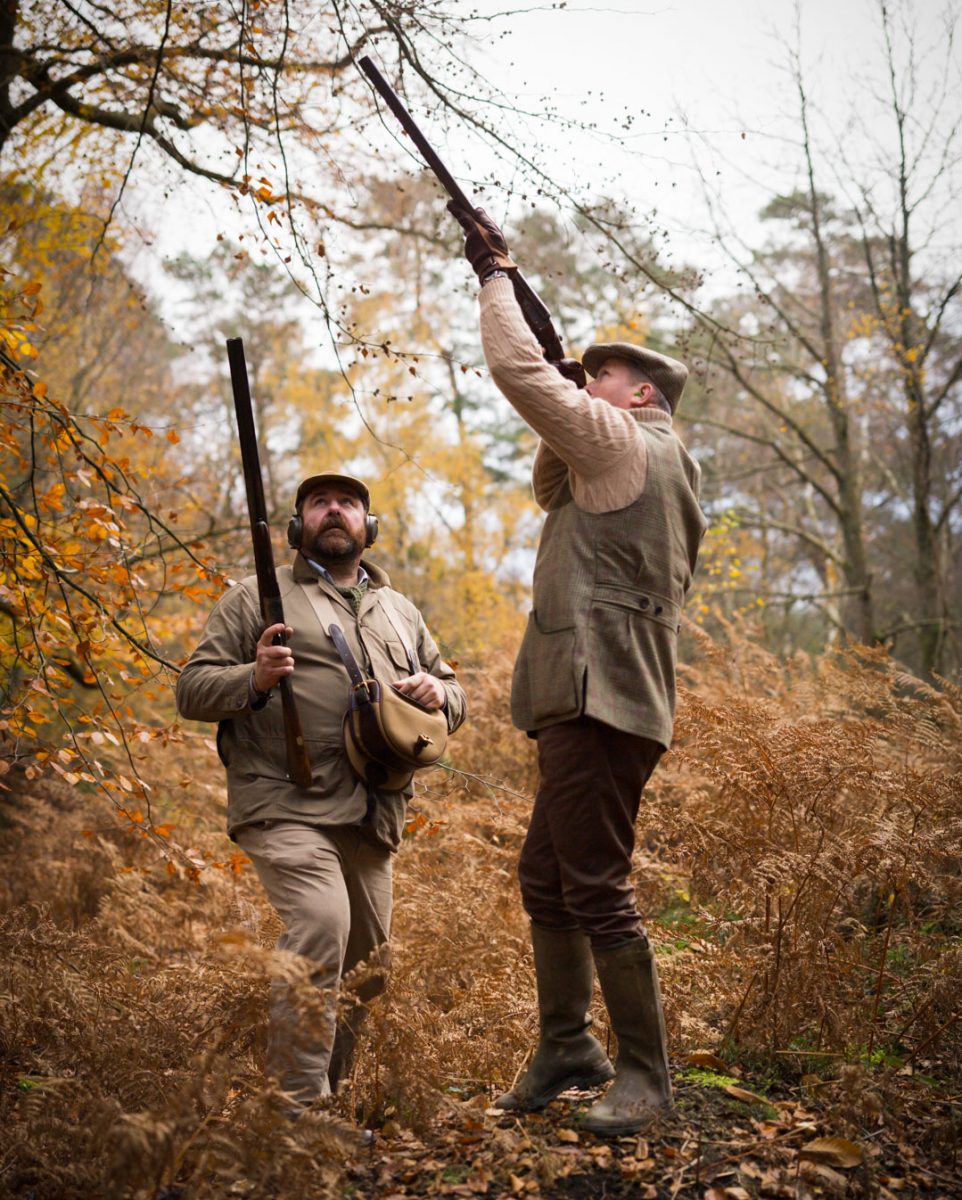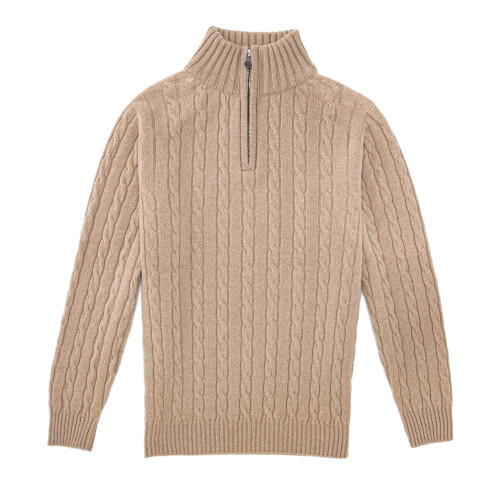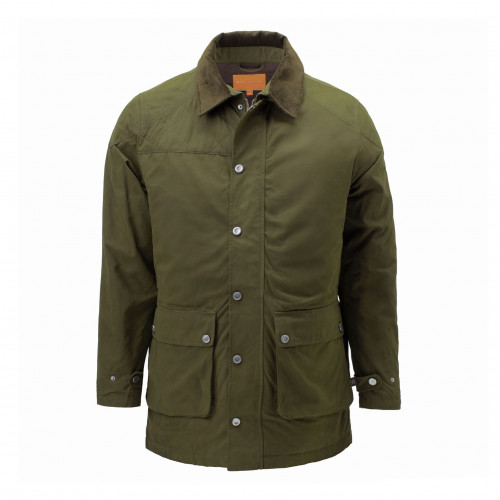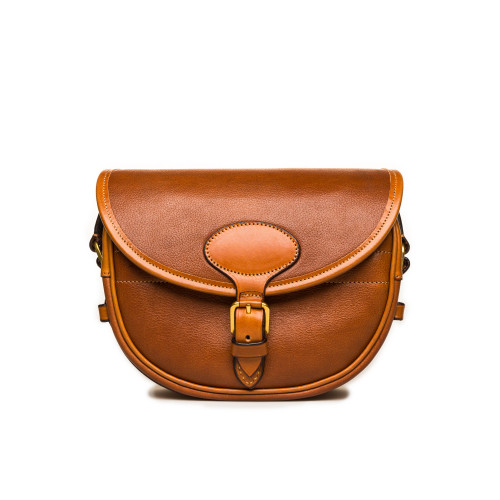The speed of the loading-firing cycle was something of an obsession. Snap actions, ejectors and single triggers are added complications, which serve primarily to make a gun faster to shoot and re-load.
None of these improvements are actually of great benefit when walking-up game over dogs. It was the introduction and rapid gain in popularity of the sport of driven game shooting that really showed these mechanisms at their best and most useful.

The competitive nature of driven shooting demanded that the sportsman shoot as fast and accurately as possible. A good, steady, slow shot was less admired than a good, fast shot. Lord Walsingham was especially noted for the speed of his shooting, which enabled him to kill more birds than his fellows.
As the bags achieved on each top estate were published and compared, to assemble a team capable of killing a large number of birds got the estate the kudos it craved. The guns used contributed to the speed of the shooting and all kinds of formulations were attempted to make the firing-loading cycle faster. This included multi-barrel guns and repeaters.
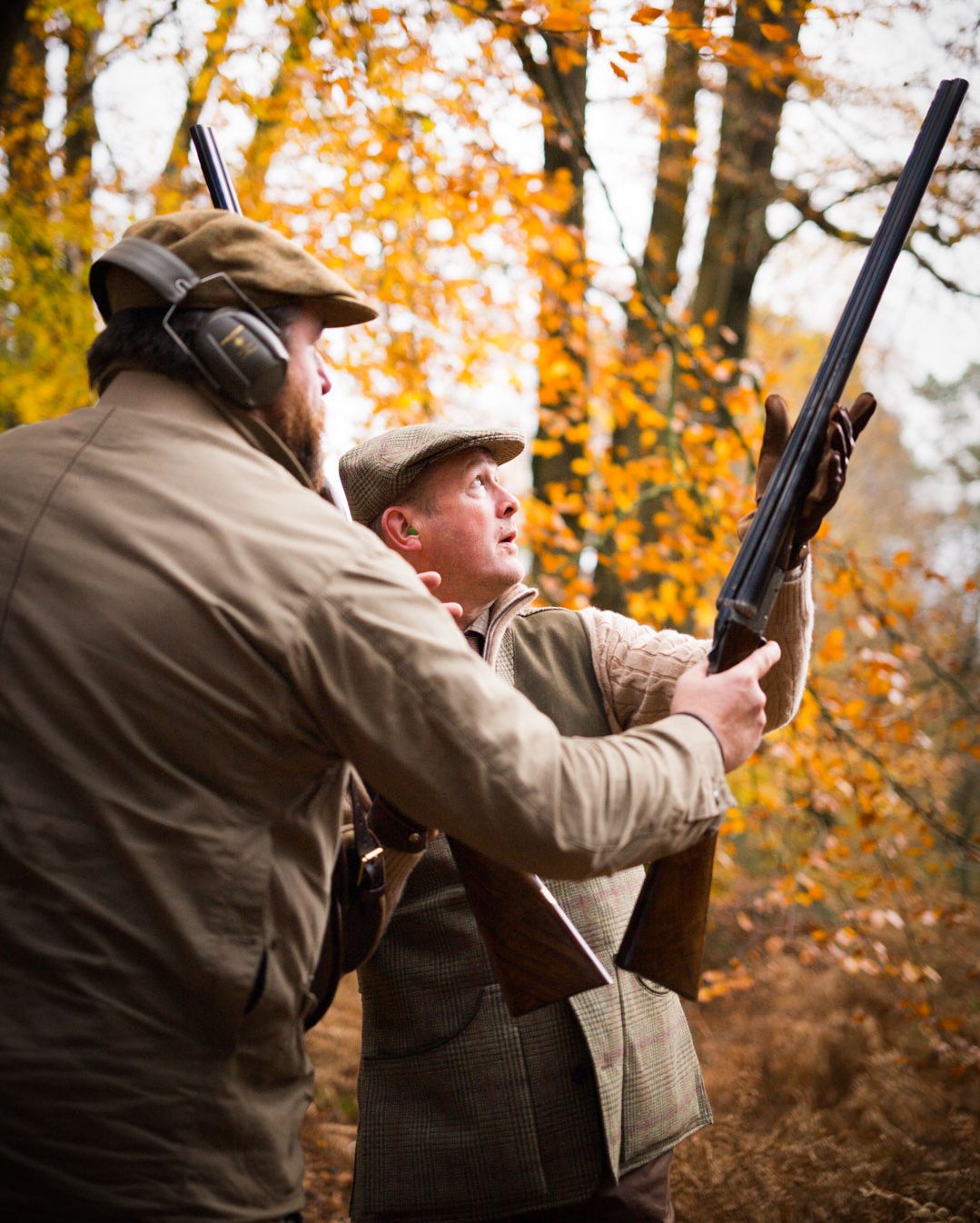
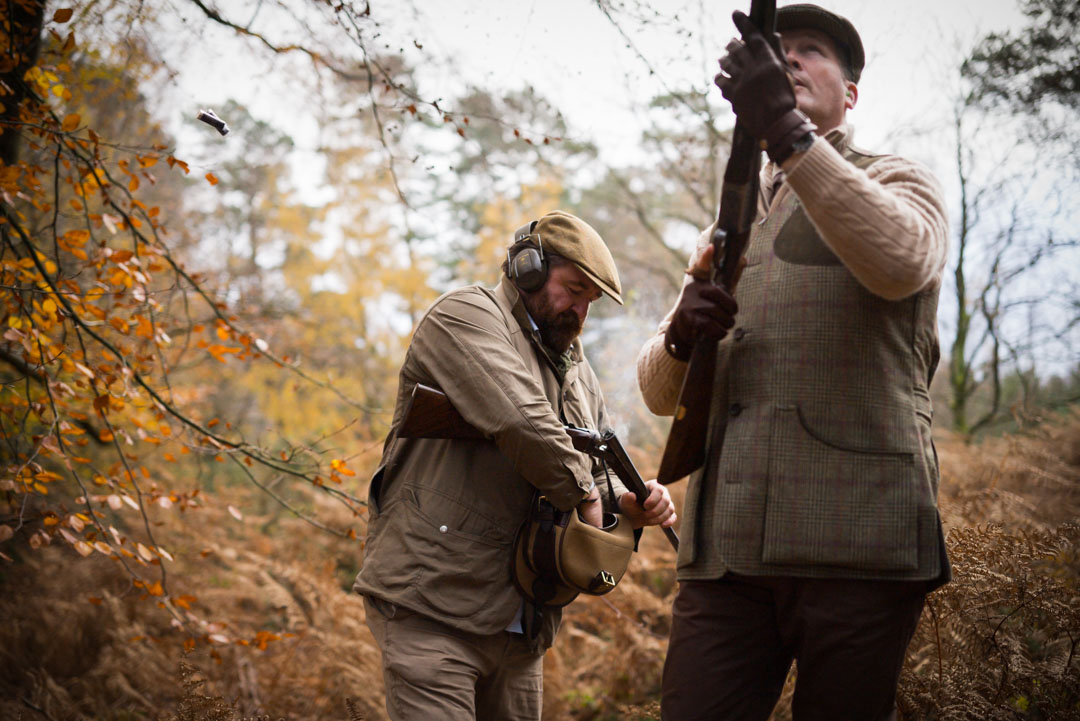
Experience soon proved that the most reliable way to keep up a rapid relay of fire was to use a pair of hammerless ejectors, with a loader assisting the shooter. A sportsman so equipped and aided could effectively shoot at every bird he was able to engage with his eyes as it approached him, for as long as birds were driven over his peg.
A skilled loader could ensure that every time the sportsman held out his hand, a loaded gun could be placed in it. Pump actions, semi-autos and multi barrel guns took longer to re-load so any advantage of more shots per loading was negated over the course of a drive.

These multi-shot guns also compromised the handling characteristics, weight and aesthetics of the gun. They were quickly shunned by the sporting elite and the preference for a pair of sidelock ejectors (boxlocks would do just as well but lacked the status of the sidelock for most of the 20th century) dominated the upper echelons of the sport from the 1890s to the 1980s, when over & under equivalents began to displace the side-by-sides as the configuration of choice.
Westley Richards customers remained loyal to the Deeley & Taylor patent hand-detachable-lock best gun, with pairs ordered for pheasant and grouse shooting through the Golden Era that spanned 1900-1939, when these sports were very well established and popular and guns for the purpose perfected.
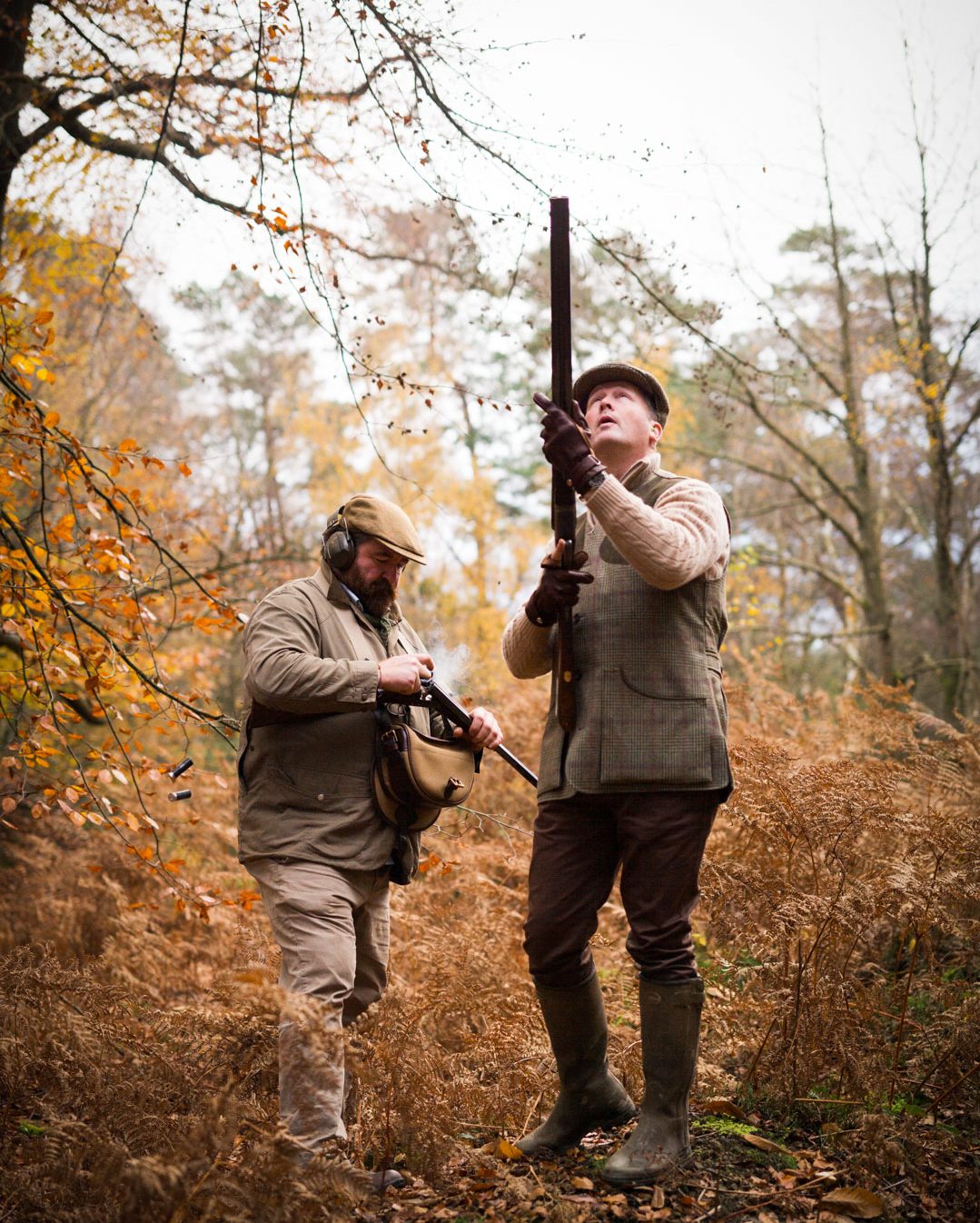
A pair of guns and a loader represents the pinnacle of the sport. Most shoots require only one gun, with the shooter loading for himself, or perhaps employing the services of a ‘stuffer’ to place cartridges in the chambers after the gun has ejected the spent cases.
Loaders and pairs of guns are still employed on some pheasant and partridge shots and remain perhaps most desirable when grouse shooting. To take a pair well in front, change guns, engage a pair close to the butt, change guns and take a third pair behind is exhilarating and skilled work, demanding focus, discipline and teamwork.
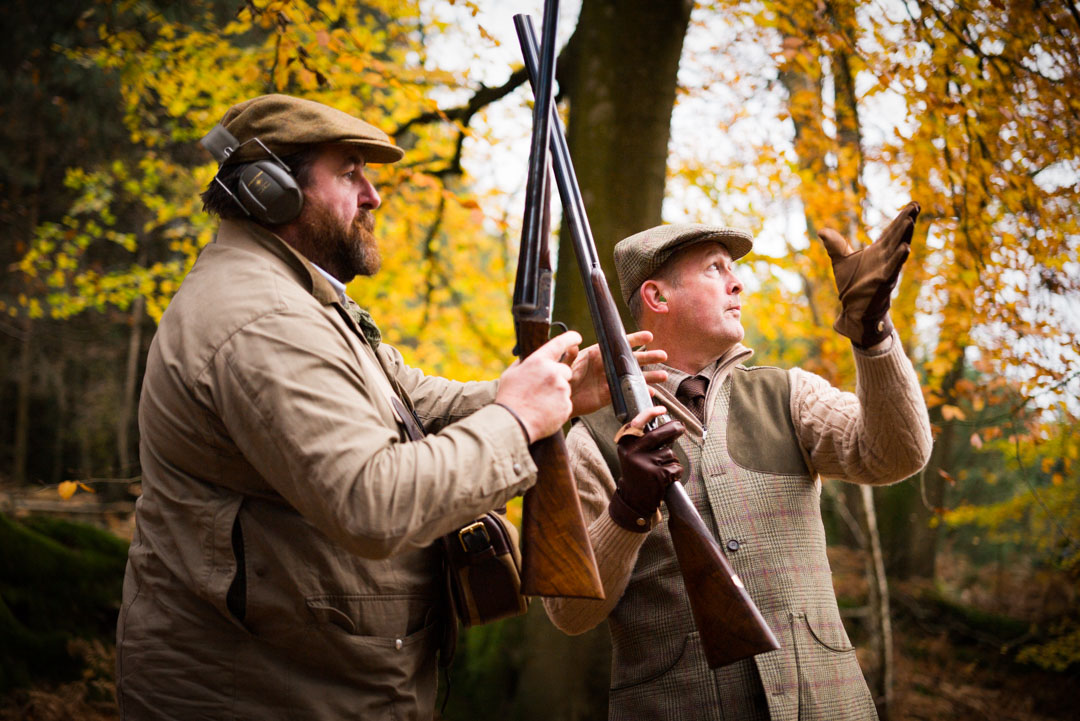
On driven pheasant and partridge shoots, larger bag days require rapid and consistent shooting, which is when loaders and pairs of guns come into their own. Trios of guns were seldom used in the hammerless ejector era. When trios were made, the third gun was usually employed as a back-up, in case of accident or malfunction.
The process of shooter and loader working together looks difficult but it is, in fact, easy to master with a little practice. The principle is that of a circle. The shooter’s left hand is the receiving hand and the right is the giving hand. That way, guns never cross paths.
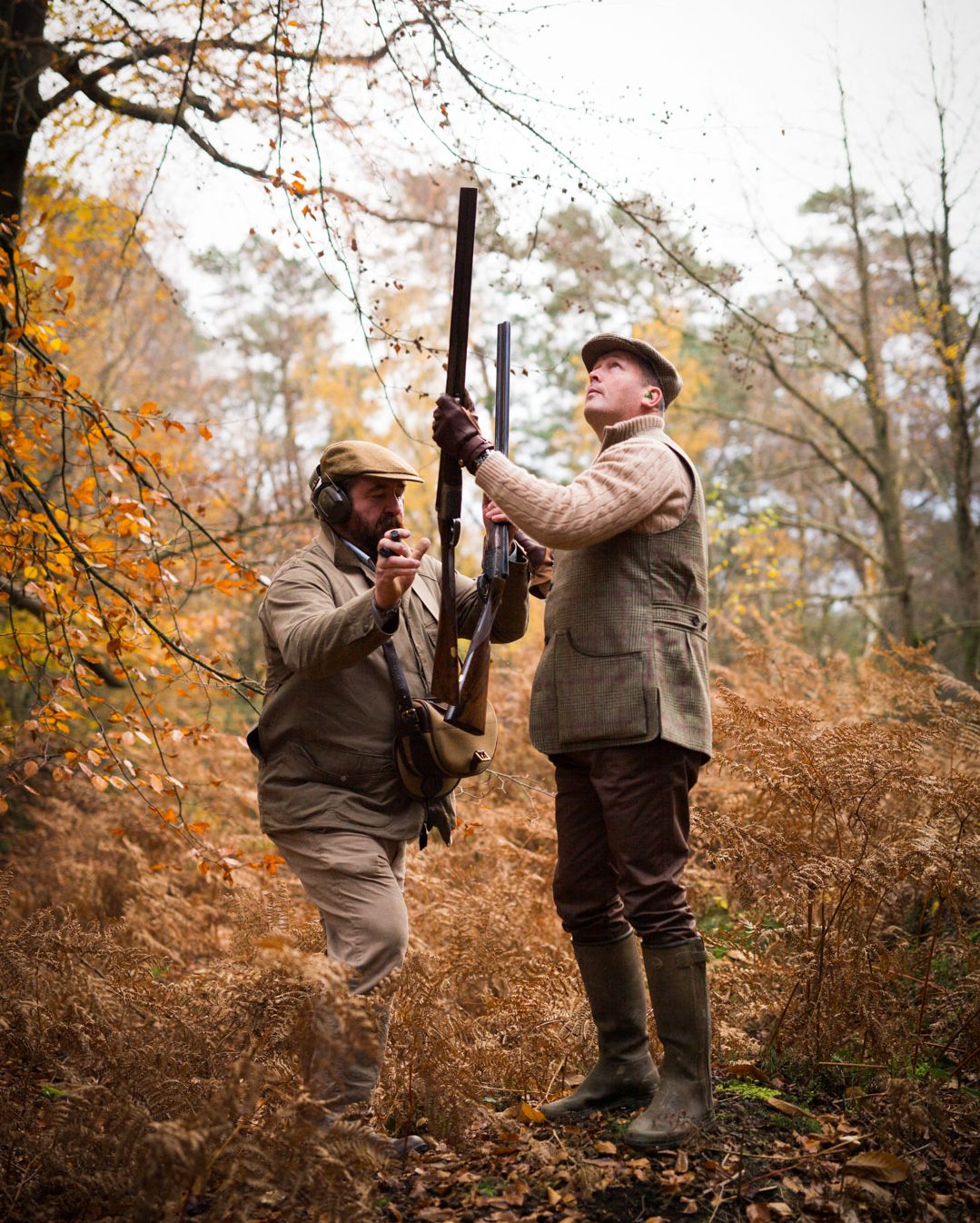
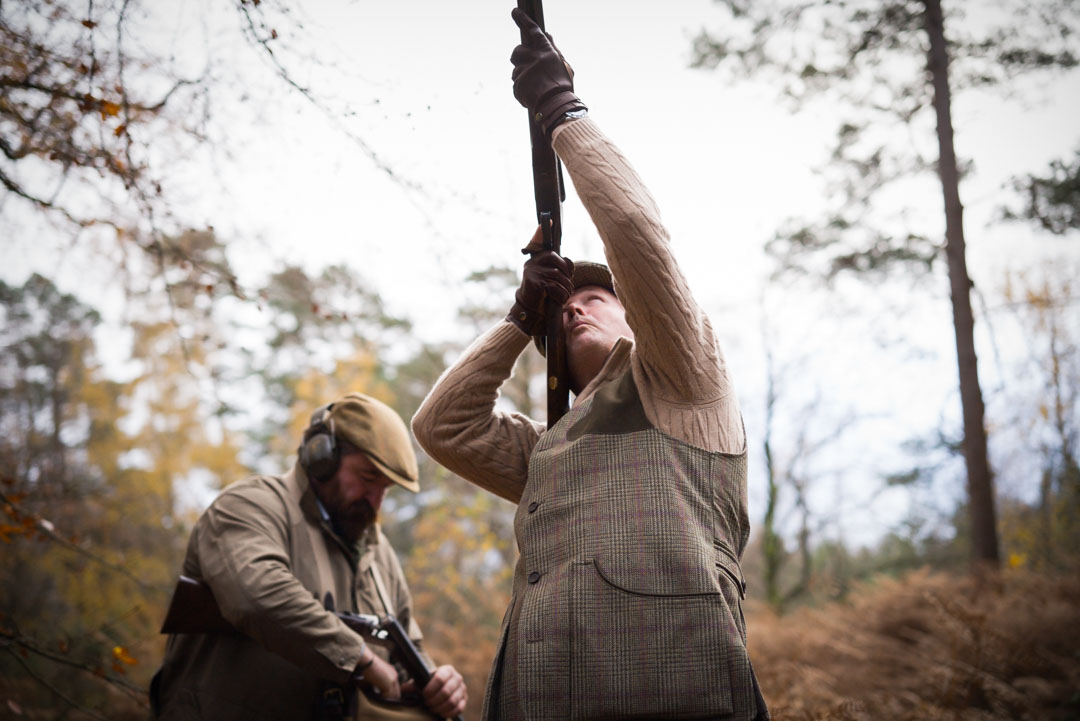
The shooter engages his bird or birds, fires his gun, then passes the empty gun in his right hand to the loader, who takes it in his left. As soon as the loader feels the empty gun hit his left hand he slaps the loaded gun into the open palm of the shooter’s left hand. He then re-loads the gun and makes ready for the next hand-over.
The shooter holds the empty gun at the hand and takes the loaded gun at the forend, both natural positions to grip with the appropriate hand.
If practiced un-hurried, a pair can continue to fire almost indefinitely, without any lull in the barrage. It is a simple, elegant and efficient way to maintain a ‘ready’ position at the peg at all times. When seen at its best, it is a ballet as pleasing to observe as anything that might grace the stage.
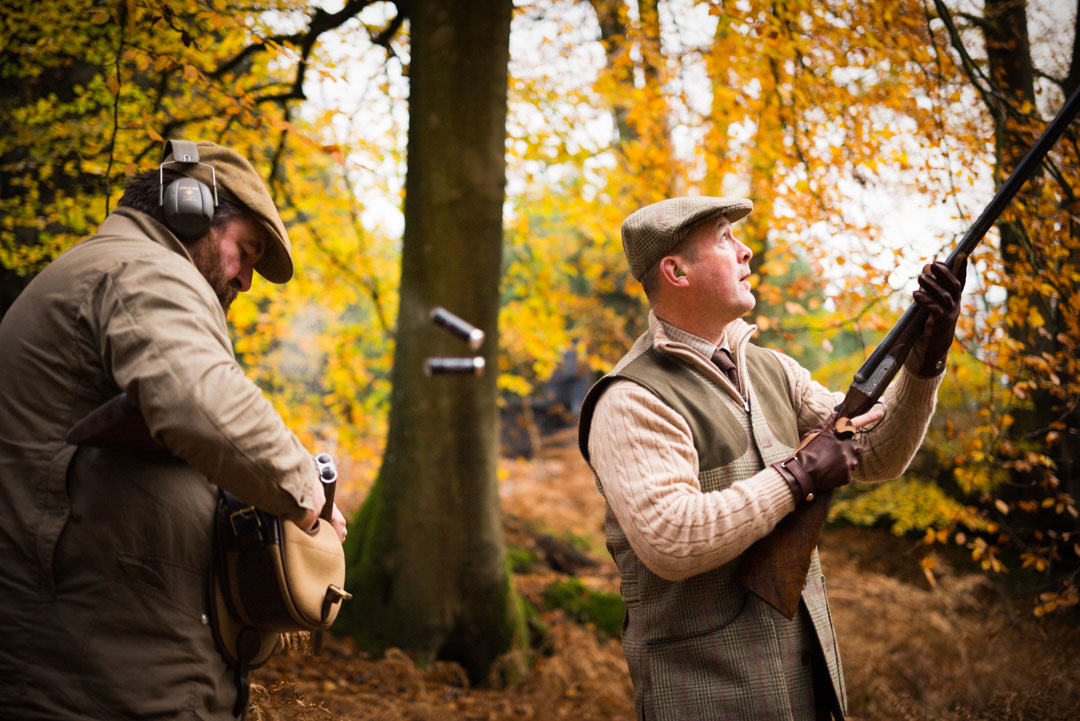
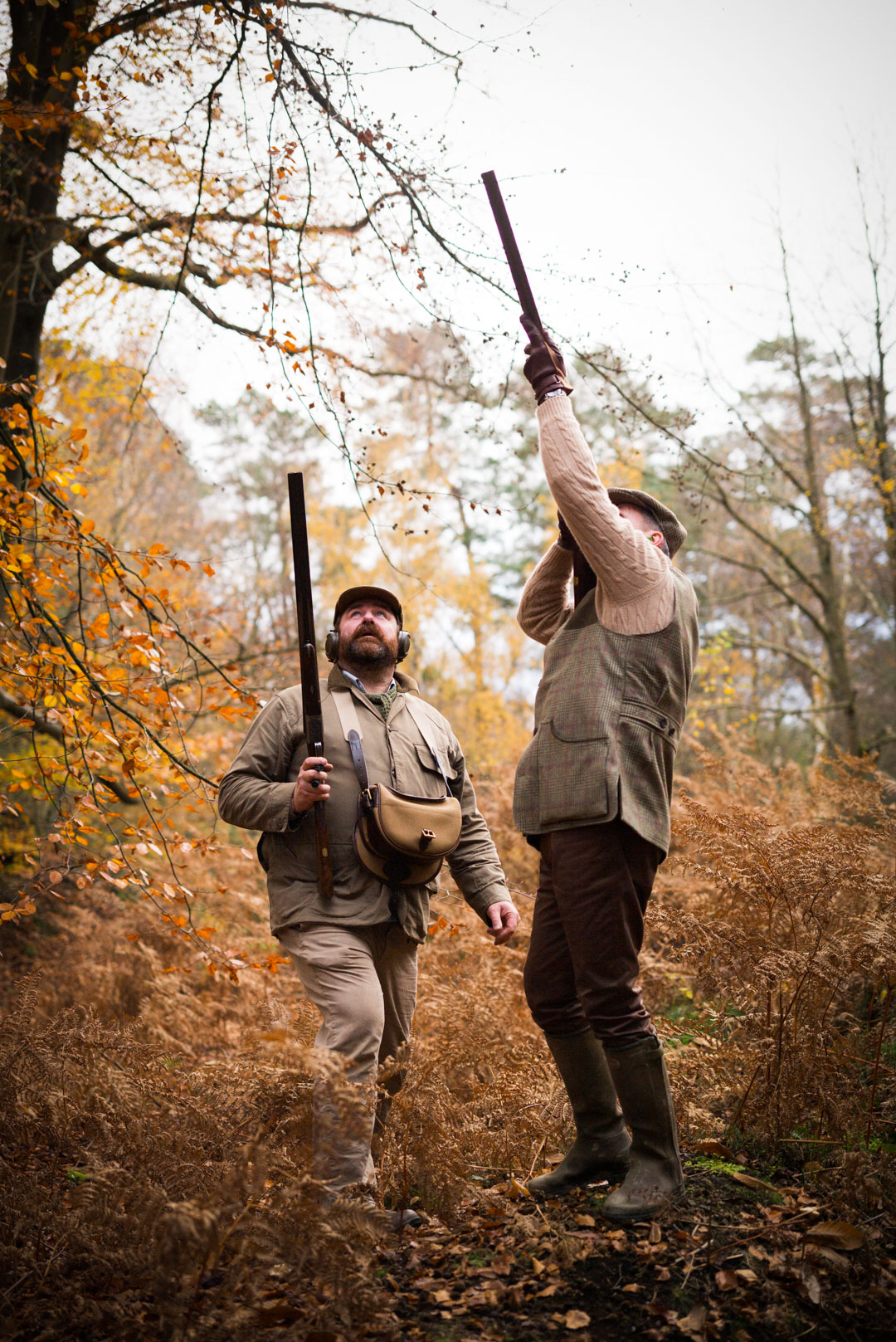
In this sequence of photographs, Diggory Hadoke is using a pair of W&C Scott boxlock ejector 12-bores, assisted by loader Simon O’Leary at Hownhall Shooting School in West Sussex, where anyone wanting to learn the art of double gunning can do so in natural surroundings with experienced instructors.
The Explora Blog is the world’s premier online journal for field sports enthusiasts, outdoor adventurers, conservationists and admirers of bespoke gunmaking, fine leather goods and timeless safari clothes. Each month Westley Richards publishes up to 8 blog posts on a range of topics with an avid readership totalling 500,000+ page views per year.
Blog post topics include: Finished custom rifles and bespoke guns leaving the Westley Richards factory; examples of heritage firearms with unique designs and celebrated owners like James Sutherland and Frederick Courtenay Selous; the latest from the company pre-owned guns and rifles collection; interviews with the makers from the gun and leather factory; new season safari wear and country clothing; recent additions to our luxury travel bags and sporting leather goodsrange; time well spent out in the field; latest news in the sporting world; and key international conservation stories.












